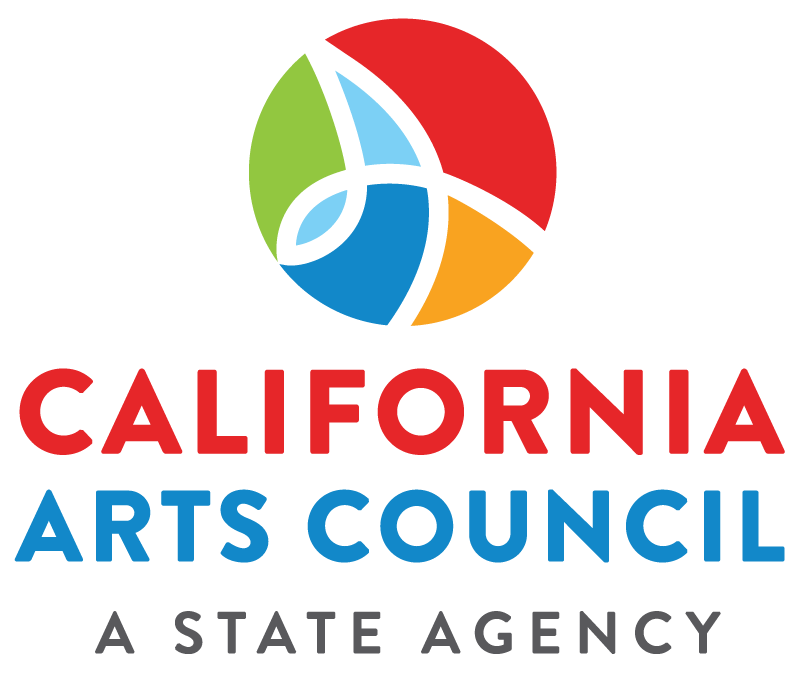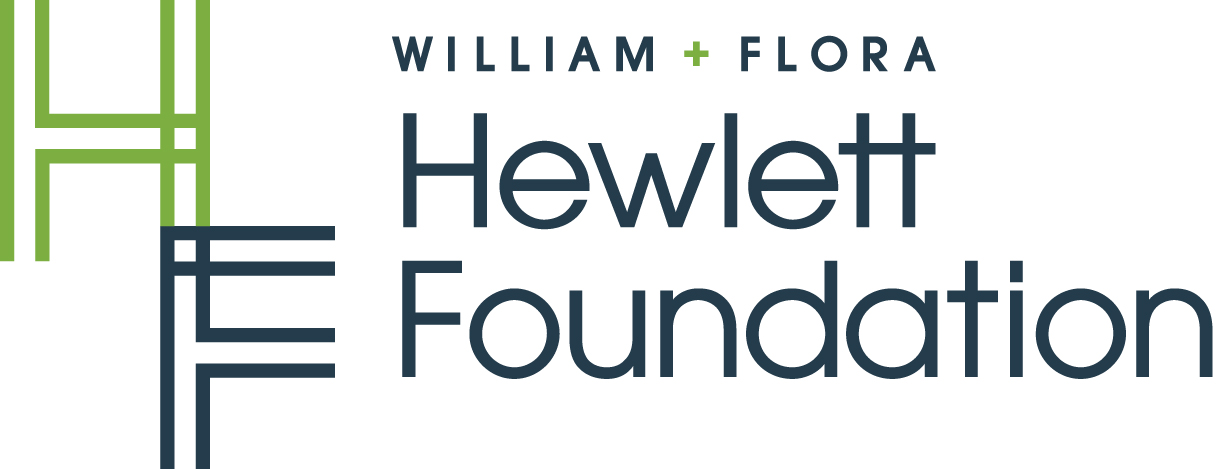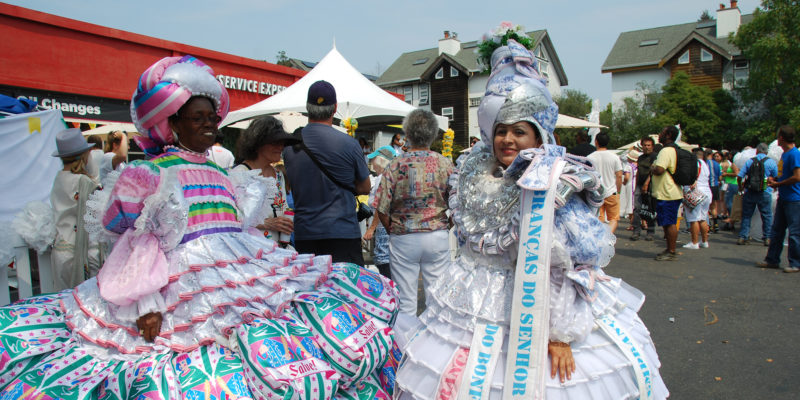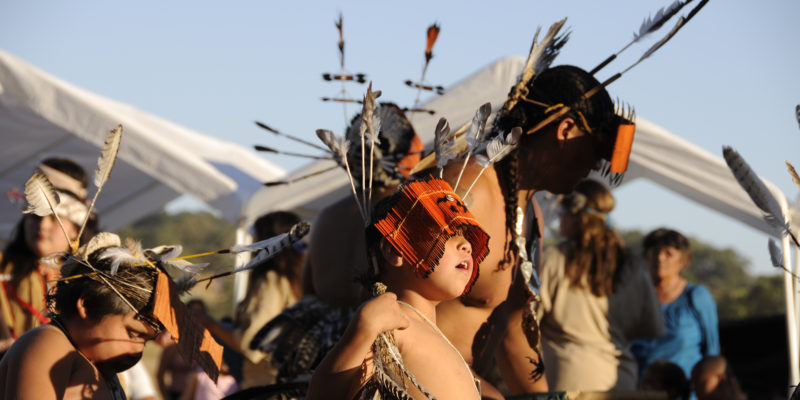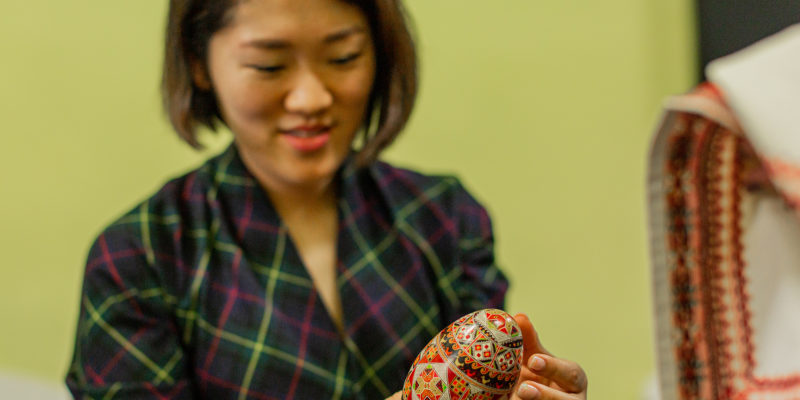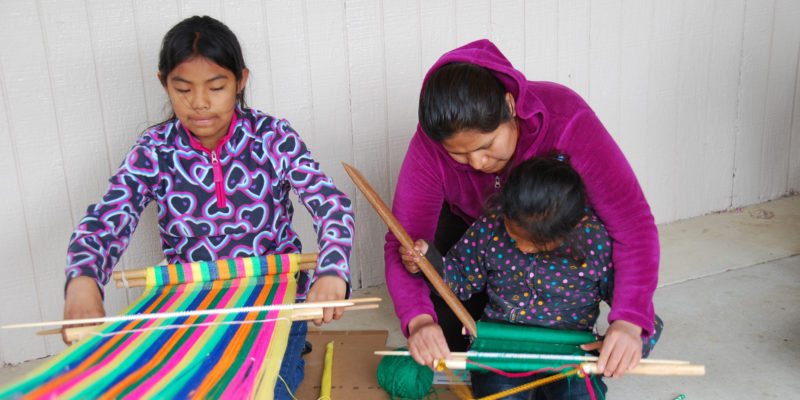Applications for the 2024-25 grant cycle are
NOW CLOSED!
Please look out for information here and through our channels in Spring 2026 about our 2026-27 grant cycle!
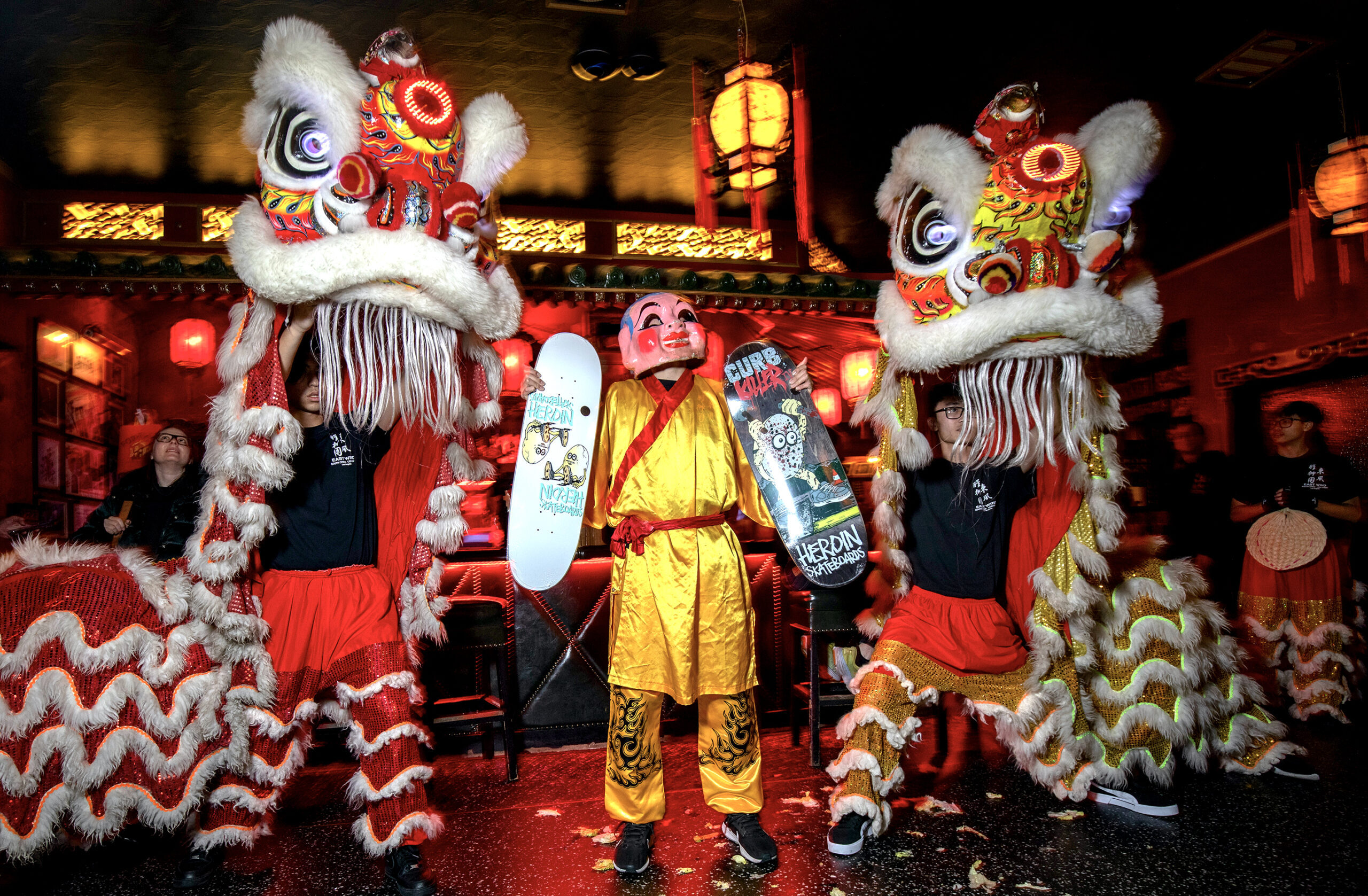
Learn about the 2024-2025 Grant Recipients
In the 2024-2025 cycle, ACTA awarded a total of $622,500 with $10,000 grants to 45 organizations and $7,500 grants to 23 individual artists to support folk and traditional arts throughout the state. Click to see details of the 2024-2025 grantees.
2024-25 Grant Cycle Program Guidelines
2024 APPLICATION PERIOD
Application Opens: June 5, 2024
Application Closes: July 31, 2024
Information Sessions and Traditional Arts Roundtables (TARS):
ONLINE Info Session, Friday June 14, 2024. Register here
Register for Traditional Arts Roundtables for art sharing and conversation with ACTA’s Apprenticeship and Living Cultures awardees, followed by an info session about available funding opportunities for 2024!
IN PERSON TARS San Francisco, June 10 6pm
IN PERSON TARS Redding June 11 6pm
IN PERSON TARS San Fernando July 11 6pm
Notification to all applicants: Late Oct 2024
Grant period: Funds should be used between Nov 1, 2024- Oct 31, 2025
Who can apply?
The grants are open to individuals, organizations, community groups, and Tribal Nations who practice traditional arts.
Traditional arts are those art forms that are transmitted and engaged as part of the cultural life of a group of people whose members share a common heritage, language, religion, occupation, or region. These expressions are deeply rooted in and reflective of a community’s shared standards of beauty, values, or life experiences. Traditional arts are often passed on from one generation to the next, or from one community member to another, and express a collective wisdom, rather than only a unique personal aesthetic.
For more information, visit the Frequently Asked Questions section.
INDIVIDUAL ARTISTS can apply for grants of $7,500 to support their practice.
Applicants must be:
- Based in California
- Be artists /culture bearers rooted in a tradition who have been practicing at least 5 years.
- 18 years old or older
- Able to receive California taxable income (Individual artists do not apply with a fiscal sponsor.)
ORGANIZATIONS/COMMUNITY GROUPS/TRIBAL NATIONS can apply for funds of $10,000 to support activities.
Eligible organizations must have:
- An average annual revenue/income in the last 3 years under $500,000
- Non-profit 501c3 status based in California
- Community groups without non-profit status may apply with a California-based 501c3 fiscal sponsor
- Tribal Nations cultural programs/departments based in California with federal status (Note: budget requirement applies to department, and not nation as a whole).
- Tribal Nations cultural programs/departments based in California without federal status may apply with a California-based 501c3 fiscal sponsor (Note: budget requirement applies to department, and not nation as a whole).
For more information on fiscal sponsors, see the Frequently Asked Questions Section.
Further eligibility:
- You may NOT apply to the Living Cultures program both as an individual and with your organization for different projects. One application will be accepted per individual or group.
- If you currently receive grants from the California Arts Council (CAC), William and Flora Hewlett Foundation, and/or the Walter and Elise Haas Fund, you may apply to the Living Cultures program for an entirely different project than the one already funded.
- The Center for Cultural Power is also an administering organization for the California Arts Council’s Folk and Traditional Arts Program. You cannot receive grants from both ACTA Living Cultures Grant Program and the Center for Cultural Power’s 2024 Constellations Folk Arts & Cultural Stewardship Grants through this program during the contract period Jan 1, 2024- December 31, 2025. We encourage applicants to apply to both programs.
Pathways to nurture, sustain, and engage participation in the traditional arts.
We invite proposals that will:
- nurture cultural continuity through the learning and practice of traditional arts; and/or
- sustain cultural practices with needed purchases and services; and/or
- engage your communities and others through public programs
We recognize that cultural work can be impactful no matter the number of participants served, whether they are a small or large group of people. This will depend on your communities and your cultural practices.
Below are some examples to consider as you think about your application request. For all projects, paying artists and staff are eligible expenses, along with adding a 10-15% overhead fee to cover other administrative costs.
Nurturing cultural continuity through connection, practice, and learning
- Workshops and gatherings (for example, events that bring together artists, cultural specialists or community leaders to share skills and information or to engage in discussion and problem solving.)
- Intergenerational classes or other educational programs within a community (after-school youth programs, dance ensemble classes or practices, summer programs, etc.)
- Other kinds of instruction with culture bearers, honoraria, travel costs within California, etc. (Please note that intensive, one-on-one artistic mentorships should apply to ACTA’s Apprenticeship Program instead.)
- Endangered language conservation and revitalization projects when carried out within the context of traditional art forms (i.e. language classes as a part of basketmaking or a foodways project).
- Other types of activities and projects that lead to the continued practice of the traditional arts.
Sustaining cultural practices with needed purchases, services, or acquiring new skills
- Materials and supplies that are expected to be expended within the grant activity period, but cannot include food. Equipment rental is an eligible expense.
- Documentation of traditional arts, skills, beliefs, or performances
- Conservation and creation of important traditional arts items
- An investment to result in the organization’s or artist’s stability and visibility (fee for services for marketing consultation, website development, financial planning, etc.)
- Consulting with advisors or cultural specialists (museum curator, archivist, textile restoration consultant, etc.) regarding preservation or archivist practices
- Other types of activities and projects that lead to long-term sustainability of traditional arts practices
Engaging participation with our communities and others through public programs
- Public presentations, such as community-based concerts, festivals, and exhibitions that foster engagement
- Other types of activities and projects that lead to engagement in traditional arts practices within and between cultural communities
Please note: All funded programs, services, information, and facilities where funded activities take place, including online spaces, must be accessible for individuals with disabilities, including but not limited to individuals who are Deaf, Hard of Hearing, Deaf-Blind, have difficulty speaking, have a physical disability, visual disability, developmental disability, learning disability, mental illness, or chronic illness.
- Projects that are a part of regular instruction at educational institutions (K-12 public or private non-profit/charter schools and universities) receiving public education funding, such as arts-in-education projects, university seminars and programs, or curriculum development (after-school or summer programs are eligible).
- Compensation/credit for activities directly related to being a full-time student in a degree program
- Out-of-state travel
- Projects whose main purpose is fundraising
- Projects based on the interpretation of a cultural tradition, instead of the actual tradition or cultural art form itself
- Separate applications for the same project (e.g. multiple groups or organizations cannot apply for projects culminating in one festival)
- Former grantees not in compliance with grant requirements, such as failing to submit a final report (as stipulated in grant agreement)
- You may NOT apply to the Living Cultures program both as an individual and with your organization for different projects. One application will be accepted per individual or group.
- If you currently receive grants from the California Arts Council (CAC), William and Flora Hewlett Foundation, and/or the Walter and Elise Haas Fund, you may apply to the Living Cultures program for an entirely different project than the one already funded.
- The Center for Cultural Power is also an administering organization for the California Arts Council’s Folk and Traditional Arts Program. You cannot receive grants from both ACTA Living Cultures Grant Program and the Center for Cultural Power’s 2024 Constellations Folk Arts & Cultural Stewardship Grants through this program during the contract period Jan 1, 2024- December 31, 2025. We encourage applicants to apply to both programs.
The review panel of cultural specialists and practitioners will make recommendations on funding based upon the review criteria. Those recommendations will be reviewed and approved by the Alliance for California Traditional Arts Board of Directors.
In addition to the criteria below, the selection panel will also be considering representation in the grantee cohort with regard to cultural, artistic, and geographic diversity.
Review Criteria:
- Traditionality and relationship to community: What is the tradition and how is the art form practiced in the community?
- Application Questions: Describe the cultural tradition(s) at the center of your proposal and how they are practiced in community. Why is this tradition important to the community?
- Artistry demonstrated by the featured artists and other key individuals: Artistry is reflected in culture bearers’ creative expression, skills, methods and materials and its relevance to the communities the project aims to serve.
- Application questions: Who are the key artists or culture bearers in this project? Describe their training and accomplishments; Work samples.
- Viability and Impact of proposed activities: As evident in a clear request and understanding of goals, and appropriate budget.
- Application Questions: Please describe your project activities and your intended impact, including how you will know you are successful or when you need to make changes; Letter or video of support; Budget Form-List expenses related to the proposed activities.
- Urgency related to endangered or marginalized art forms, endangered languages, age of culture bearers, timeliness related to social or political context, or other reasons.
- Application question: Please describe any urgency to sustaining or practicing this tradition within your local community.
*Please note: We had incorrectly listed the word count below, and have recently updated to the CORRECT word counts already reflected on Submittable. Thank you to an applicant for letting us know! Best of luck!
- Summarize your request with a maximum of 50 words. What will the funding allow you to do?
- Describe the cultural tradition(s) at the center of your proposal and how they are practiced in community. Why is this tradition important to the community? (Max 250 words)
- Who are the key artists or culture bearers in this project? Describe their training and accomplishments. (Max 250 words)
- Please describe your project activities and your intended impact, including how you will know you are successful or when you need to make changes. (Max 300 words)
- Please describe any urgency to sustaining or practicing this tradition within California, or your local community? Why is it important to fund this proposal at this time? (Max 150 words)
- Work Samples
- Budget Form
- Letter or Video of Support. Please submit a letter or video by a community member that describes the impact of this work on them and/or the community. Videos can be up to 2 minutes long.
Artistic work samples play a vital role in understanding your practice and communities served. Carefully select samples that will demonstrate with clarity key features of your practice and proposal.
You may submit media by direct upload or by providing a link. If your links are password protected, please include this information!
Requirements based on art practice:
Craft/Material Arts/Ritual arts, foodways, and other traditional knowledge systems must submit 5-10 images and and 1 optional video.
Dance, Music, Storytelling, and other performing arts must submit 1-2 videos (preferred) or audio samples.
- I have applied to ACTA’s Living Cultures program before, how is this different? Since 2023, individual artists and culture bearers are also eligible to apply directly for the first time. For organizations, the grant amounts are larger than in the past.
- What are the folk and traditional arts?Traditional arts are those art forms that are transmitted and engaged as part of the cultural life of a group of people whose members share a common heritage, language, religion, occupation, or region. These expressions are deeply rooted in and reflective of a community’s shared standards of beauty, values, or life experiences. Traditional arts are often passed on from one generation to the next, or from one community member to another, and express a collective wisdom, rather than only a unique personal aesthetic. Some traditional arts have been brought to California from other countries or regions and have taken root here to become interwoven with the state’s cultural landscape and identity, while others have prospered on the more than 130 tribal reservations and rancherias in this state. Japanese bonsai; Cowboy poetry; Hmong reverse appliqué embroidery; Mexican corridos (ballads) and mariachi music; African American quilts; Native American basketry, ceremonial regalia construction and ritual music/dance; South Indian Bharata Natyam dance; Western saddle making; Chinese qin instrumental music; Portuguese fado singing; Native Hawaiian kahiko hula chant and dance; and Pilipino rondalla music ensembles are but a few of the many hundreds of distinctive forms found in this tremendously diverse and culturally rich state.
- Who is a culture bearer or traditional artist? Culture bearers or traditional artists are people who carry and transmit cultural values, traits and practices between and within communities, often serving as leaders in promoting their community’s identity, cultural practice and wellbeing. Culture bearers and traditional artists may identify by other cultural terms used in the community – such as basketmaker, jaranero, kumu hula, etc.
- How many grants will be made? We anticipate making between 60-75 grants with a total grants pool of $675,000.
- Can I apply for less than the maximum grant amount? No. We are offering a single grant amount, $7,500 for individuals and $10,000 for organizations. If you have questions about your budget or project email [email protected] or schedule a 20-minute Zoom with an ACTA staff member here.
- What is a fiscal sponsor? How do I find one? A fiscal sponsor is a non-profit organization that agrees to accept the monies on your behalf for an administrative fee. The sponsor will be responsible to report these earnings to the Internal Revenue Service. It is a way to support people and organizations in creating new projects without the need to create new non-profits.The fiscal sponsor will receive and manage the funds to advance a project. There are different types of fiscal sponsorship models indicating varying degrees of control and management and we encourage applicants to determine which model best suits the project group. It is good to do some research and to check your local non-profit organizations to learn if there is a non-profit whose mission and values are aligned with your proposed project. The links below are offered as a way to learn more about fiscal sponsorship and is not intended to be a comprehensive or preferred list of non-profits you can work with. Note: Your fiscal sponsor’s organizational budget can exceed $500,000. Budget restrictions still apply for applicant organizations. Learn more about fiscal sponsors:
- If I apply as an individual, do I have to report this as income on my tax forms? Yes. ACTA is required to report all grant awards as “other income” to the IRS via a 1099 form; you will also receive a copy of said 1099 form to use when filing your taxes. Grant recipients will be required to complete a W-9 form prior to receipt of funds. Resources for more information can be found below:
- California Lawyers for the Arts video workshop on personal finance and taxes
- Self-Employed Individuals Tax info from the Internal Revenue Service
- Center for Cultural Innovation workshop series, Business of Art
- Freelancers’ Union
- How are proposals evaluated? Who decides who gets a grant? Each proposal will be evaluated by a panel of traditional arts and culture specialists and artist-practitioners. Please refer to the section on Criteria and Decision to learn about the panel process and review criteria.
- How long is the grant period? The grant period is 12 months between Nov 1, 2024 to Oct 31, 2025.
- What are the reporting requirements? You will be required to submit one final report 30 days following the end of the grant period. You are encouraged to submit your final report sooner following your completed grant activities. It will be a written summary of your previously described goals, any challenges you encountered, and what you learned in the process. These reports serve as documentation for ACTA to continue to advocate for the field. If support is needed, please contact ACTA staff.
- Can I apply as an individual artist and also with my organization? No, you may not apply to Living Cultures as both an individual and also with your organization.
- Can I apply to the Living Cultures grant with projects that are already funded by other CAC (California Arts Council) programs? If you or your organization is currently receiving CAC funds, you may still apply to the Living Cultures program for an entirely different project or proposed activity. (Example: If you are receiving support from the Impact Projects program, please apply to Living Cultures for a different project or activity.) You cannot receive grants from both ACTA’s Living Cultures Grant Program and the Center for Cultural Power’s 2024 Constellations Folk Arts & Cultural Stewardship Grants grant from, another administering organization of the CAC’s Folk and Traditional Arts Program.
- I am a grantee of the William and Flora Hewlett Foundation or Walter and Elise Haas Fund? Can I still apply? Yes, you may apply for a different project if you or your organization are currently receiving funds from the William and Flora Hewlett Foundation or the Walter and Elise Haas Fund for another project.
- Can I apply to ACTA for other available funding outside of Living Cultures? Yes, please consult eligibility for each program on the ACTA website. Please contact us with any questions.
- I do not have online access- is there another way to apply? Can I submit a paper application instead of an online application? Yes. Please request one from [email protected] or by calling 213-346-3257. You will mail to: Living Cultures/ACTA, 744 P Street, Suite 307, Fresno, CA 93721. It needs to be postmarked by the deadline.
- I am not comfortable with English, is there other language support? We can offer support in Spanish. Please contact us if you need support in other languages besides English and Spanish.
- I need help. What should I do? Email [email protected] or sign-up for 20 minutes of one-on-one support in Spanish or English at this link. You can sign-up multiple times.
In addition to your narrative responses and work samples, below are other items you will need to verify or upload. We recommend preparing materials in advance, including drafting narrative questions in a separate document and uploading once you have all materials complete. You can also edit directly in Submittable.
Individual Artists
- A utility bill or lease, voter registration, or driver’s license to prove current California residency.
- Be 18 years of age or older.
- Have a five year demonstrated history of art practice within your art form as documented by work samples and narrative. See work sample section above.
- Able to receive taxable income with a taxpayer identification number, which can be a social security number, an individual taxpayer identification number, or an employer identification number.
501(c)3 Organizations / Community Groups
- Non-profit organizations and fiscal sponsors: Provide proof of non-profit status under section 501(c)(3) of the Internal Revenue Code, or section 23701d of the California Revenue and Taxation Code and Tax ID or EIN number.
- Tribal Nations based in California with federal status will need to submit IRS documentation.
- Proof of your current principal California address, within the last 3 months, with utility bill, lease, or bank account. If using a fiscal sponsor, you will need this for your organization and fiscal sponsor.
Please be sure to sign up for our newsletter for the latest information.
More About the Program
The Living Cultures Grant Program was developed in 2004 to provide project grants to California’s diverse cultural communities. Starting in 2023, we are able to offer individual grants through this program, along with expanded funding for cultural groups and non-profit organizations throughout the state to realize community-based projects aimed at strengthening a sense of place, fostering traditional creativity, and ensuring cultural continuity.
Through this grant program, ACTA supports artistic development, community engagement, personal wellbeing, collective energy, and the conservation of culture and history throughout California.
Funders
